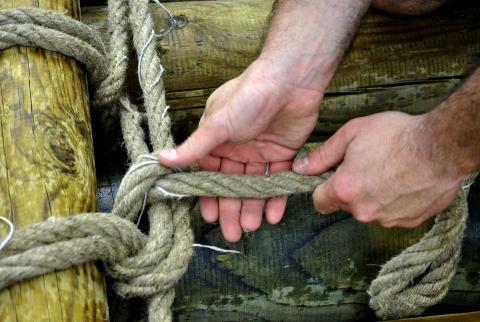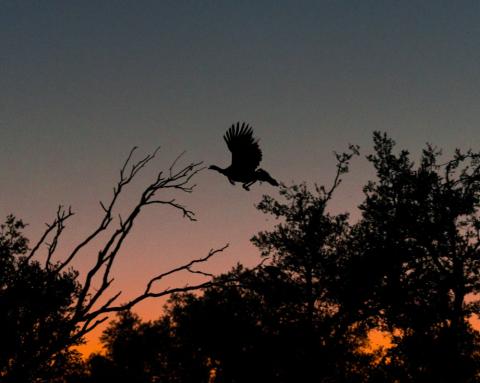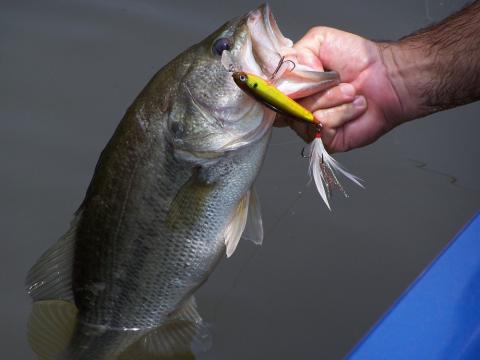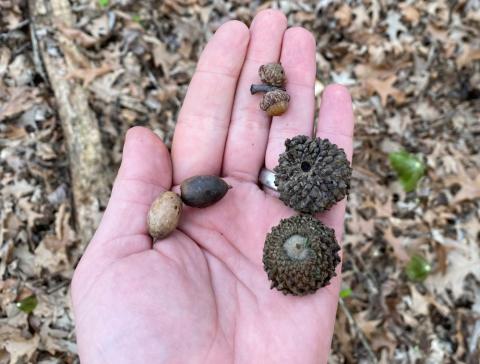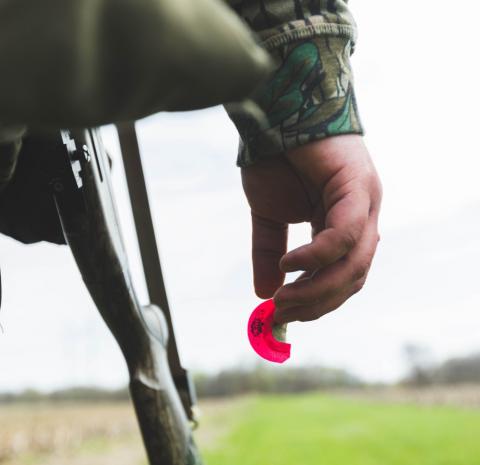Austin Delano | Originally published in GameKeepers: Farming for Wildlife Magazine
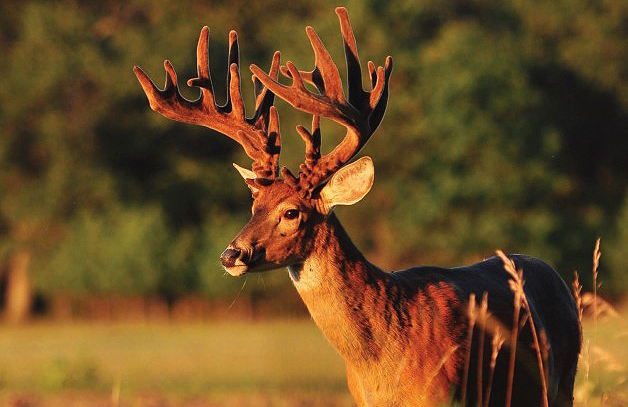
A very simple, but favorite management chore of mine during the winter and spring is establishing new deer mineral sites. The anticipation of what might show up that year as antlers begin to develop is always very high. I have found myself the past few years even putting out BioRocks in urban landscapes and backyard woodlots just to see which deer frequent the area even though I have no intention of hunting there.
Creating new mineral sites can be especially exciting when you have a fresh piece of ground to investigate. It’s enjoyable to see what deer are living in the area and imagine their potential. Refreshing old mineral sites or creating new ones is also a great family and “kid-friendly” management activity. It doesn’t require any heavy or specialized equipment, there are no long hours or backbreaking activity required and it can be a great way to teach kids some woodsmanship and why whitetails use mineral licks.
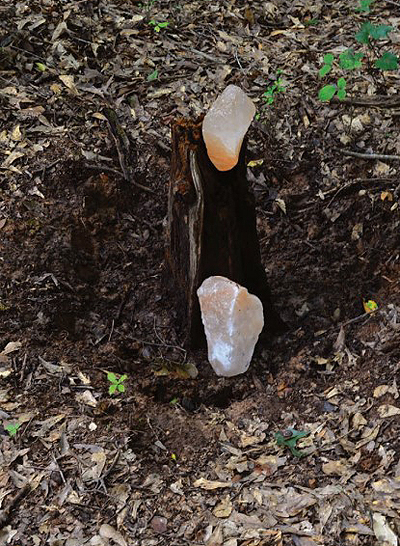
sites. Whitetails will consume the mineral soaked wood.
How do you establish a “productive” mineral site? It may seem as simple as dumping your mineral in a depression you’ve dug-up with your boot, or throwing a BioRock out on the edge of a food plot. These scenarios will work to a degree, but I like to put a little more thought and effort into my deer mineral sites so I can get the most out of them in terms of attraction, utilization, and trail camera opportunities. Later in the summer, an established BioRock site is the perfect place for recording an inventory of the deer in that area as well as cataloging unique characteristics of specific bucks.
As with other hunting related tactics, studying an aerial map of the property will be helpful in deciphering how many mineral locations are necessary and exactly where you should put them. As a general rule, one mineral site is needed for every 80-100 acres of land. If you have a high deer density you should probably increase that rate.
Whitetails, like people, have different personalities and habits. Some deer don’t mind visiting and using a mineral site that a number of other deer are spending a great deal of time at. On the other hand, I have found that sometimes certain older bucks shy away from deer mineral licks that a large number of other deer are constantly using. I think they feel this exposes them to unnecessary danger or extra attention brought on by the inexperience of the younger deer. It’s no different than why mature bucks often eat alone in a food plot or why they have their own trails and access points to fields and cover. For this reason, I usually create a deer mineral site in high traffic areas where I know does, fawns, and younger bucks will utilize it. However, in the same area, usually in thick cover where I know mature bucks like to bed and stay hidden, I create another mineral site to encourage use for these older age class bucks that are often “creatures of the night” and want to stay away from unwary fawns with “happy feet” and other ignorant, reckless young deer. My theory has proven itself correct on several properties where mineral sites are closely located to each other, yet trail cameras show totally different groups of deer utilizing each.
One of my favorite ways to establish a mineral site is to look for a semi-rotted tree stump, preferably one of a hardwood. Ideally the top of the stump has a hole or a good place to wedge the rock so that it cannot be pushed off when deer use it. If the stump has a relatively flat top, I generally use a hatchet to create a depression or split the stump somewhat to wedge the rock in to hold it.
Partially rotten stumps make great locations for mineral licks for a couple reasons. As rainfall slowly melts the minerals over time, they leach into the stump as well as the surrounding root system. Deer love to paw and chew at the mineral soaked wood and will eventually wear it completely down or entirely dig up the stump.
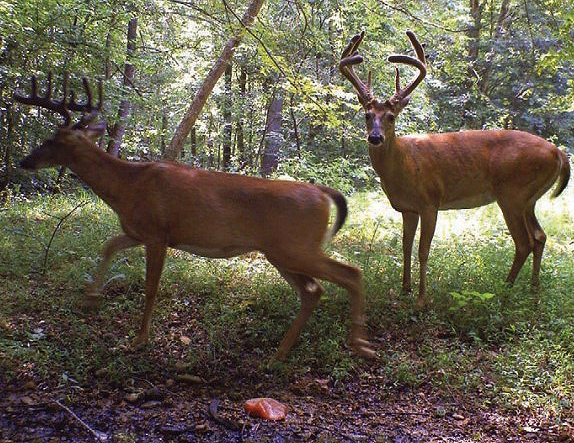
There are some situations where you want to keep your rock up off the ground, but there aren’t any stumps available. Swampy areas that are prone to flooding, land that receives a lot of rainfall, or properties that have feral hog populations are all good reasons to look for an alternative. Moisture most often depends upon how Mother Nature chooses to treat us, but hogs can be an especially frustrating predicament. This problem can be resolved fairly easy by using a piece of steel rebar, some rubber hose and a hose clamp.
A four to five inch piece of rubber hose can be clamped around the rebar eight to ten inches from the top to create a "stop" for the rock to sit on. The rebar can be driven into the ground in the area where you want to establish the deer mineral site. The rebar can also be driven into an existing or freshly created stump. A hole can be drilled through the rock large enough to slide down over the rod and sit on top of the stop you created with the hose and clamp. You can become creative and use other things to create the stop on the rebar stake such as a welded nut. I chose to use the hose and clamp because it was adjustable for different size rocks.
Depending on rainfall and deer utilization I typically go through three rocks in a year’s time per mineral site. It is especially important to have one available from the very early spring during the first stages of antler genesis through hard antler in the fall. Keep in mind that besides helping your bucks grow bigger antlers, you’re improving the overall health of the herd and facilitating the utilization of the nutrients they take in from all their foods more efficiently.














